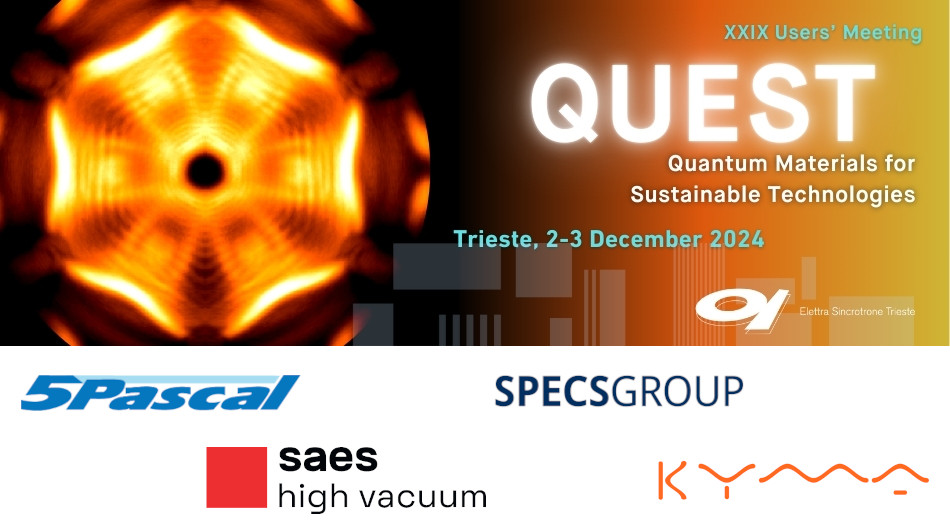Flatband systems have attracted quite some interests due to their peculiar transport properties. The vanishing of the group velocity in the flatband makes the standard theory of transport not applicable. In recent years it has been shown that the underlying mechanism which allows transport in these system might be related to quantum geometric effects. In our work we study the transport through...
Recently, alloys and intermetallic compounds have gained significant attention due to their unique electronic and geometric structure, which are favourable for efficient catalytic applications. They offer promising alternatives to traditional monometallic catalysts, particularly in terms of cost, activity, stability, and selectivity. In this context, Ni-Ga bimetallic based catalysts...
Significant efforts in fundamental research have been dedicated to the study of two-dimensional metal-organic frameworks (2D MOFs) due to their potential in technological applications. These materials combine the structural flexibility of molecular systems with the ordered crystalline arrangement of solids. However, in metal-supported 2D MOFs, interactions with the substrate can significantly...
Topological superconductors are of great interest in the study of quantum materials due to their unique properties and potential applications in the fields like quantum computation and spintronics. Pd$_₃$Bi$_₂$Se$_₂$, a topological superconductor with a superconducting transition temperature of 0.80 K, is a promising candidate. Although it has been theoretically identified as a nontrivial...
We show first-principles calculations and angle- and spin- resolved photoemission spectroscopy studies of a two-dimensional bilayer of 𝛽-antimonene supported on bulk bismuth selenide. The trivial insulator 𝛽-antimonene inherits the topological surface state of the substrate as a result of the topological proximity effect. The new topological state exhibits an unusually high, almost complete...
The study of transient, far-from-equilibrium states in complex materials can offer profound insights into their microscopic properties, particularly when multiple observables are examined simultaneously. A central question in this field is whether atomic lattice displacements can be accurately tracked and controlled.
In this work, we investigate the ultrafast dynamics of Tellurium (Te) and...
The intrusion of transition metals (TMs) into two-dimensional (2D) layers of organic molecules self-assembled over metallic substrates significantly affects the properties of the resulting metal-organic frameworks (MOFs). A previous study demonstrated the impactful effect of Ni adsorption on the geometrical arrangement and electronic properties of a 1,2,4,5-tetracyanobenzene (TCNB) monolayer...
Charge-density-wave (CDW) materials, in which electrons and phonons cooperatively interact to form a new symmetry-broken state, stand as ideal candidates to study the mechanisms governing the melting of a macroscopically ordered phase. Furthermore, given their sensitivity to external stimuli, CDW materials constitute a promising platform to investigate the possibility of controlling their...
MXenes, the two-dimensional class of nanomaterials consisting of transition metal carbides, nitrides, or carbonitrides, have been spotlighted in the last decade due to their exceptional properties allowing them to be applicable in different fields. In particular, the Ti3C2Tx MXene phase has been paid a great deal of attention from the whole scientific community due to its unique...
Bi2Se3 belongs to a class of compounds known as tetradymites, is a well-known thermoelectric material that has also come into focus in recent years for its topological insulating properties. A three dimensional (3D) topological insulator (TI) is a material that is an insulator in the bulk and has metallic conductivity at the surface. The surface conductivity of TI arises from spin-orbit...
Tuning the electronic properties of a 2D crystal by the interaction with its support is the key to design well-controlled nanoelectronic devices based on transition metal dichalcogenides (TMDCs). In particular, the establishing of a low resistance between a metallic contact and the TMDC has been challenging and different strategies for this have been introduced. It was suggested that a low...
Complex materials encompassing different phases of matter can display new photoinduced metastable states differing from those attainable under equilibrium conditions. These states can be realized when energy is injected in the material following a non-equilibrium pathway, unbalancing the unperturbed energy landscape of the material. Guided by the fact that photoemission experiments allow for...

